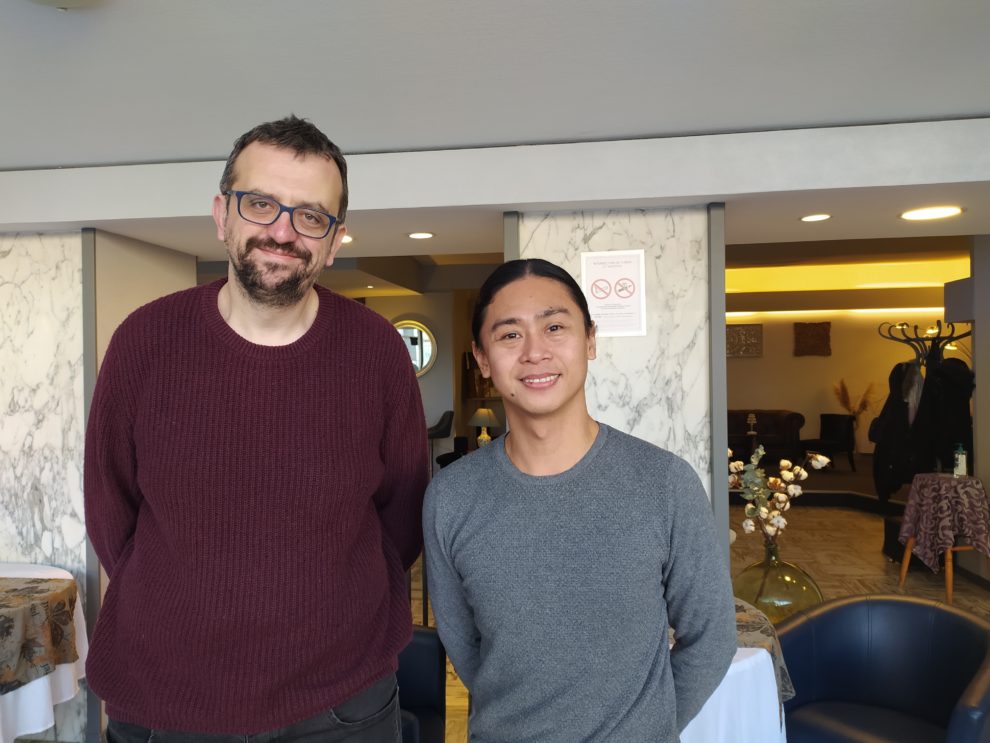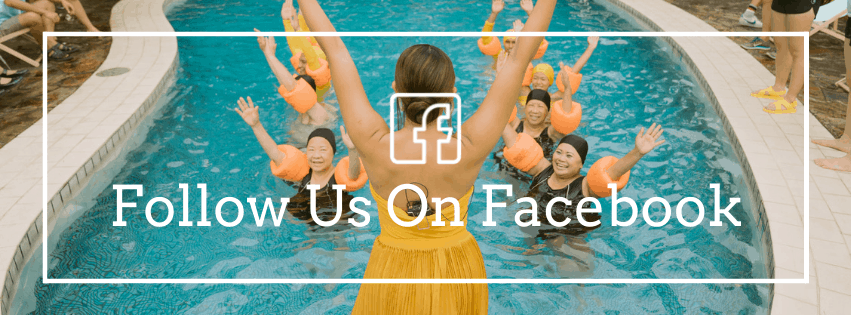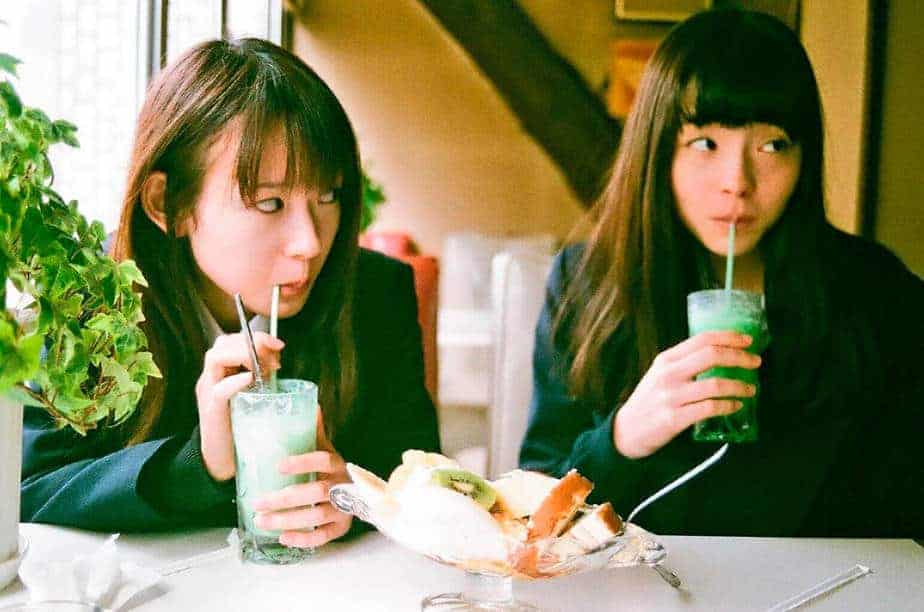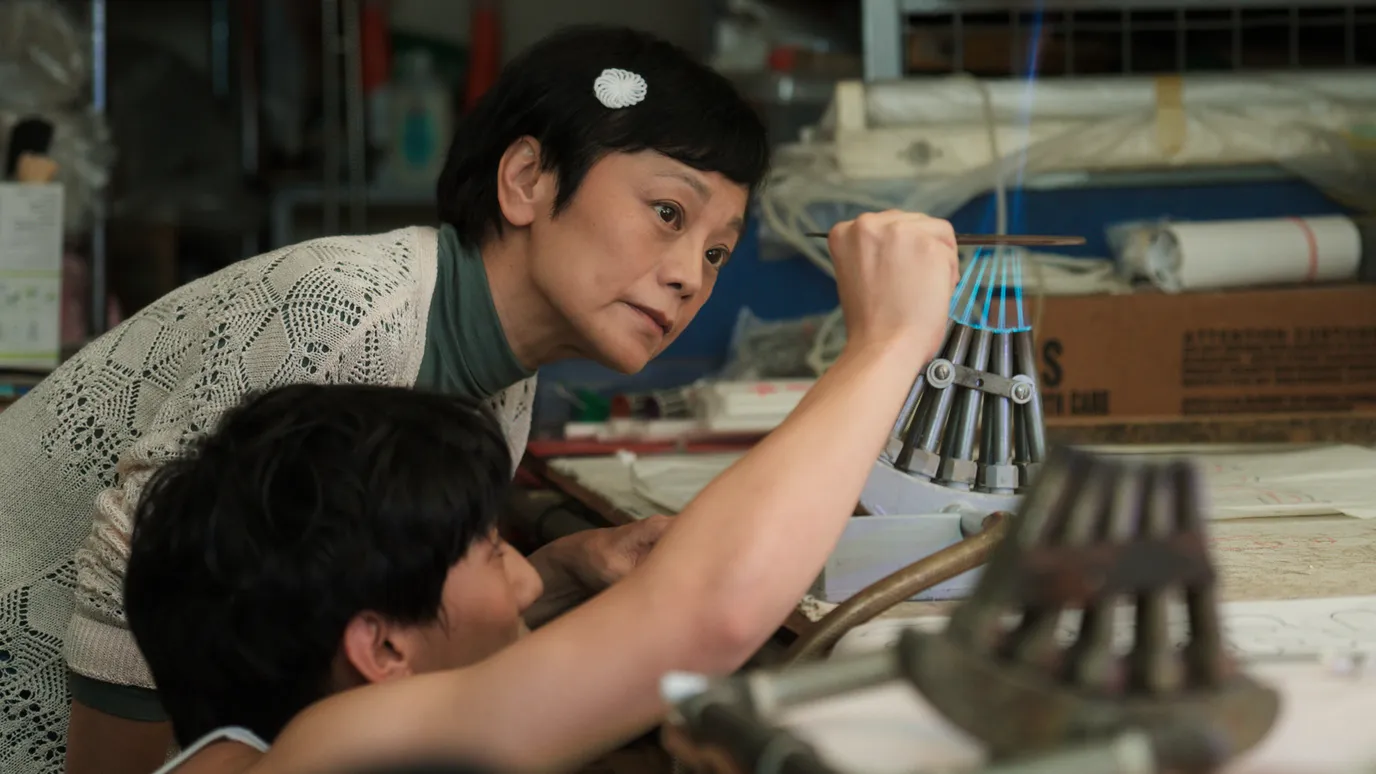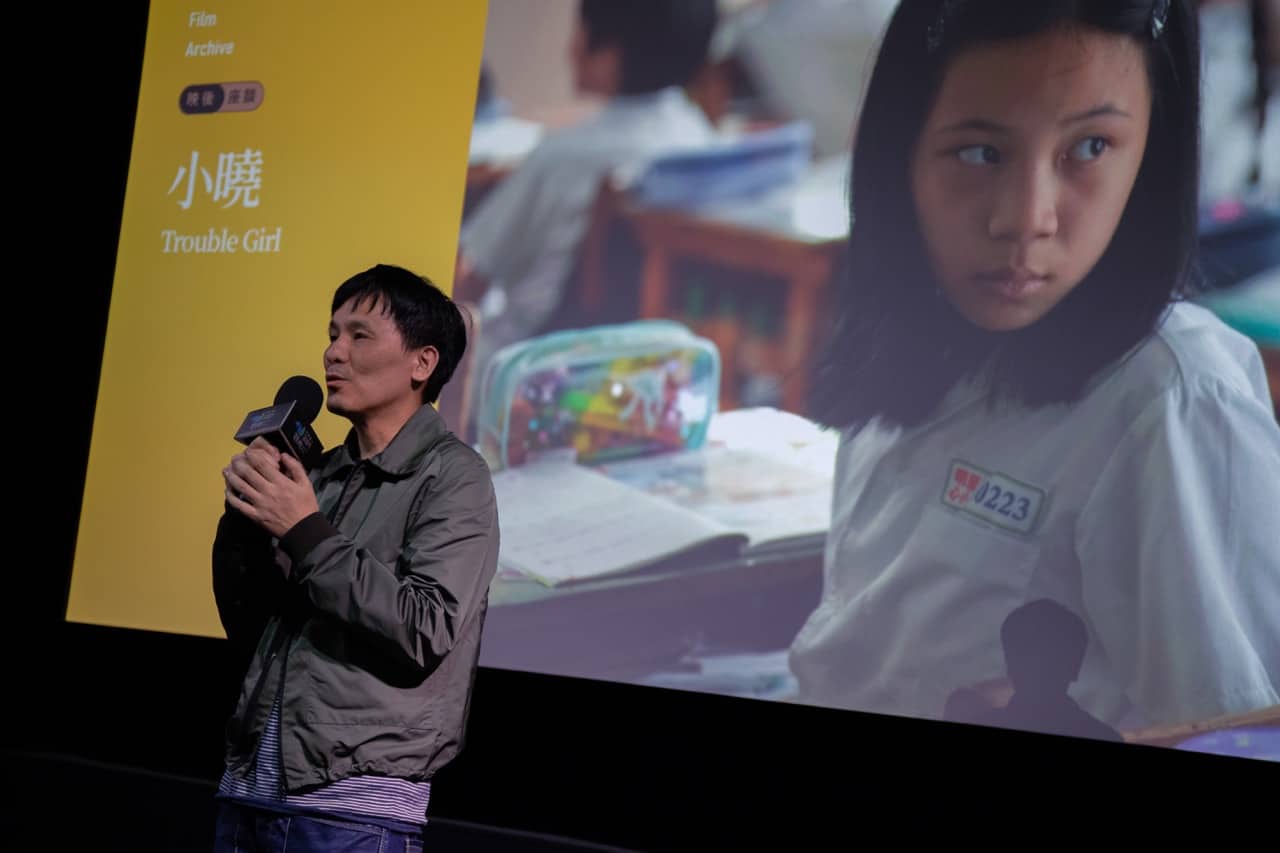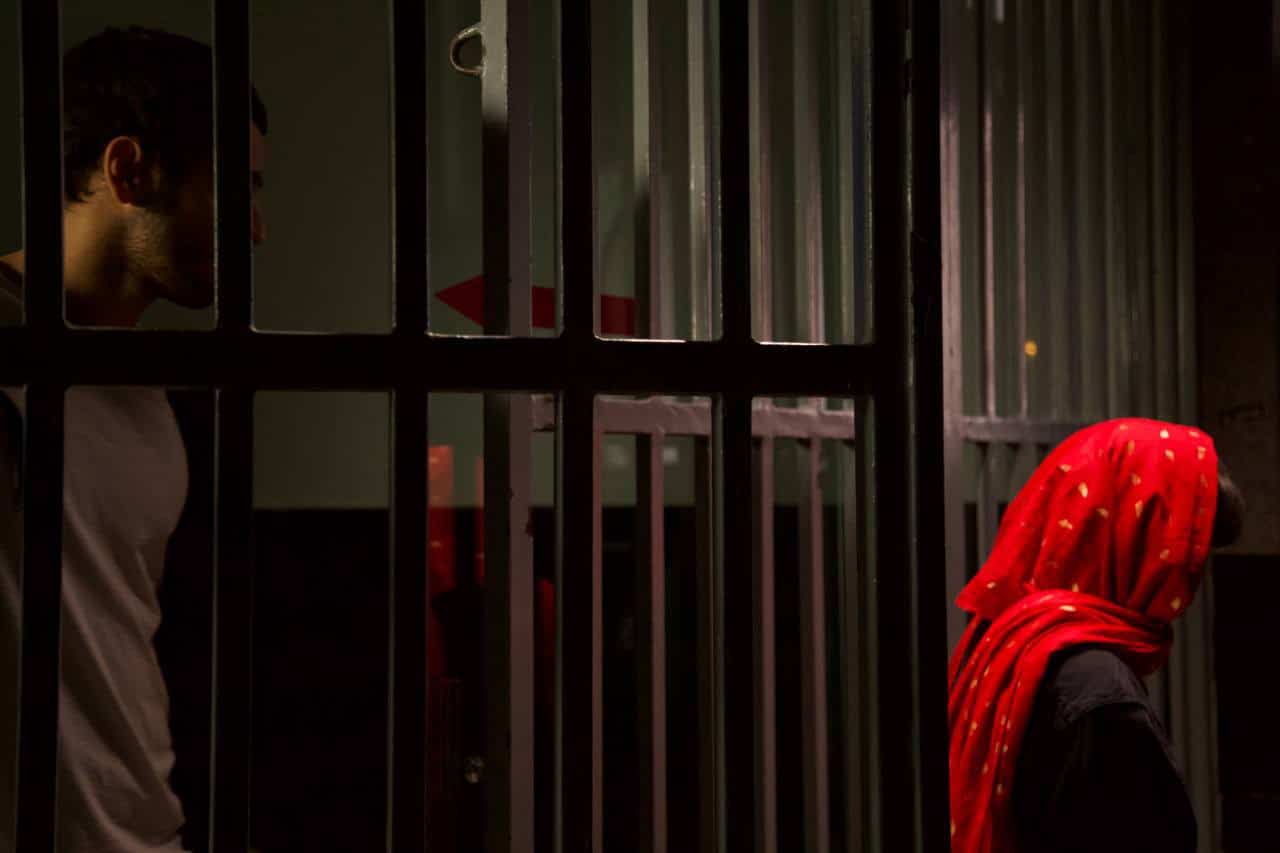Zig Dulay was born in Santiago, Isabela and holds a degree in Communication Arts from the University of the Philippines Baguio and Masters in U.P. Diliman specializing in creative writing. He directed his debut feature, “The Last Kiss” in 2011. He wrote several scripts for different directors. After his short “Missing” in 2013, he directed several multi-rewarded long features, with “The Baggage” winning a number of awards, including the Golden Cyclo at FICA Vesoul in 2016.
On the occasion of his presence in the International Jury of FICA Vesoul 2022, we talk with him about the ways he has changed as a filmmaker through the years, shooting indigenous people, the way he shot “Black Rainbow”, his latest movie, the Filipino movie industry and many other topics.
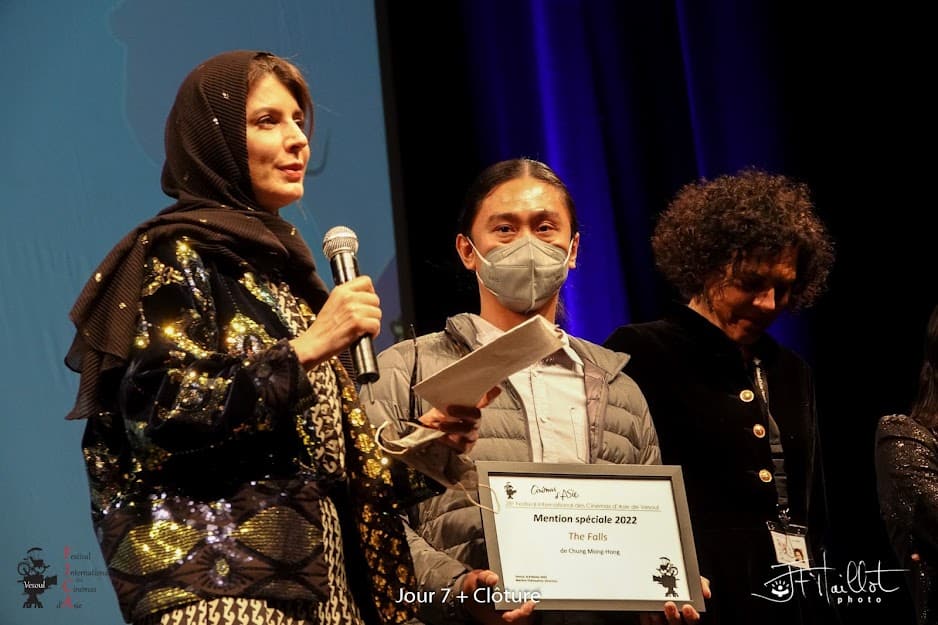
You have been shooting movies and TV series for more than 10 years now.In what ways do you feel you have changed from the beginning of your career until now? Did working on TV affect the way you shoot movies?
I still let the story doctor me somehow, and from there, I choose which treatment is appropriate for the subject matter. It is always like that in my films, for example, my first film was framed with a tripod and was composed based on my own perspective. I wanted to capture the province, the location that is the setting of the film so I needed this kind of wide shots. The second one, which also talks about the Aita, “Paglipay”, a romance/love triangle about a man who has to choose if he will go with a woman from Manila or the one from the mountains. It talks about culture, therefore I had to capture the mood and the tone and also use wide shots to capture the environment. The next one is “The Baggage” which is different from the first two because it is shot in a kind of documentary style. I wanted to portray what is really happening realistically, under that process. After “The Baggage” I shot a short film, “The Crown Is Mine”, whose treatment was also like that. Then came “Black Rainbow”, which is different. During the pandemic, I had this epiphany that I wanted to push my limits, I wanted to make something new for me, but not super drastic though. Therefore, the film is not as sociopolitical as “The Baggage” but is more inspirational and it feels like, again, I let the subject matter decide the treatment.
On the other hand, because I am working on TV, I am aware that somehow, as a lot of filmmakers in the Philippines are telling me, if you happen to direct a film, especially an indie one, and you have to also go to the station to work on TV, you cannot avoid being affected by the way the TV system works, unconsciously. But then if you see “Black Rainbow”, the reason I shot it, is because I worked on TV for 3 consecutive years after “The Baggage” and I was afraid that I might not come back to that kind of filmmaking, and just become completely familiarized with the way the TV works.
To come back to your first question, I cannot really pinpoint the changes, aside from the fact that I realize “Black Rainbow” is more accessible, in layman terms, and I am not sure if that is due to being influenced from working on TV. Because there are elements there that feel that are coming from TV; not that it is exactly dialogue-driven, but there is something in the dialogue that is not supposed to be in there, because I wanted it to be seen by kids also. On the other hand, during the pandemic, I watched a lot of films and I studied filmmaking and storytelling, and I also watched a lot of interviews from directors and thought a lot about films. I also read books. I want my subconscious to help me into doing my next film, so there might be a new king of change there. .
How about changes in technical terms though?
In my last films, I shot in documentary style, I wanted to test myself if I could shoot in the particular way of framing and composition, and also I leaned a bit more towards cinematography. Because in the Philippines, due to Netflix culture, people started liking films that are visually beautiful, eye-candies, so in order to make them watch my film (in lack of a better phrase) I studied the technical side, and that aspect of my filmmaking changed a lot. Because before, I used a camera that was fit for documentary-style treatment, but this time, I had to rent something bigger, something that fit better to the needs of the cinematography. The same applies to the music and sound, all the elements have something to do with the narrative and the storytelling. This approach is new to me, all these elements are different in “Black Rainbow” compared to the films I shot before. Maybe because, now, I want to make films that are not so much me, I want to test my limits, not to find myself or my voice as a filmmaker, but as an effort at experimentation and my growth as a filmmaker and as a human being.
So, that was the reason you shot “Black Rainbow”? Did the fact that you shot a lot of content on indigenous people affected your decision?
I shot “Black Rainbow” because I wanted to reenact myself in filmmaking, because I was afraid of being eaten by the TV system. The second reason was because, in the past, I worked on a lot of stories and materials about indigenous people, also a TV series that talks about Bajau, the people who live in the lowest part of Mindanao. That was actually my first big project on TV that I can call mine, so I took the opportunity because I felt like I have the same sensibility and the same voice with the subject matter. Then they gave me another TV series about indigenous people and these were actually the first times the Filipino TV would show something about indigenous people and I was grateful and I accepted the project. Then, I did a mini series about the Ifugao, indigenous people who live in the Cordillera. After that, I shot another series about indigenous people, the Maranao, which focuses on polygamy in Islam, and their culture as Muslims. I accepted the job because it was still something new to me, another opportunity to be involved in a project which showcases the lives and culture of indigenous people. After that, I shot “Black Rainbow”. I made five subject matters about indigenous people, and maybe that is the main reason I shot the short. I wanted to contribute in the eradication of discrimination, using mainstream media. I believe that if Filipinos saw the lives of indigenous people who they perceive as ‘others', they would realize that we have the same predicaments, the same problems, the same hopes, we are the same we just have different cultures, different ways of life.
Having said that, I also have to say to you that it is kind of personal, because “Black Rainbow” talks about a kid who wants to study, but his family are poor and cannot afford it. But then he finds a keyboard, which is something that also happened to me as a kid. I was living in a small village in a house in the middle of the rice fields, and I had no idea what a computer was. But in 2000, due to the Y2K program, a lot of computers were utilized and the local governments started to introduce computers to the provinces. Because we were quite a big family, 11 siblings, my parents could not afford to send us all to school. They chose my older sister, whom they thought was the more intelligent one and the hope of the family and I was not included, because I was just a kid then. But I wanted to study, make something of myself and when I saw this keyboard, me and my younger brother did something similar with what the kids in the movie do. We made fun out of it, we pretended to be secretaries (laughter), typed the names of our families and our neighbors. I somehow memorized the ASDF typing method (which is actually the initial name of “Black Rainbow”). After that, I tried it on a typewriter, because my sister who was studying in a private school borrowed one. Eventually, my teacher told me that I was intelligent, and I really needed to take that test for a scholarship, provided I knew how to operate a computer. I took it and I was placed in the top position during the test, and everyone was surprised at how this boy from this remote area who is supposed to be ignorant of computers got on top. Just as in the film, I then wrote something, not for my sister, but for my mother. I came from a village where not many people have a degree or go to school for that matter; in my family I am the only one who finished school. I wanted to inspire them with the film in that way and I also wanted to impart to the Filipino audience the importance of education, how it can help in achieving your goals.
Another inspiration for doing that film is Norman King, who played the characterof the father, is the first Aeta who graduated from a state university in the Philippines, he got a bachelor in behavioral sciences. When he got his diploma on stage, he was wearing a traditional attire and got a lot of coverage from the press, making headlines in newspapers and had a lot of interviews on TV, he became viral. The fact inspired me. I wanted to promote the importance of education, because particularly indigenous people need it even more. During the research for “Black Rainbow”, which lasted for three months, they got this letter from the government, supposedly an agreement, coming after a previous consultation with the local community, that the government will rent the place in a way that would help the locals. It turned out however , that the government was lying and they included something else in the agreement, that they are selling instead of renting. If no one understood the context of the agreement, which included legal jargon that I could not understand also, what would happen then?
Another reason I shot “Black Rainbow” was for my mental health. I wanted to do something more creative, something that feeds my soul. I am not saying that TV does not do that, but I wanted to do something where I decide for everything. And the third reason is because I wanted to create some work for my crew outside of TV (I have two different crews). I am not so sure “Black Rainbow ” can compare to “The Baggage”, because the former pleses the audience somehow, although the sociopolitical issues are there. Which was my purpose actually, to shoot a film which is inspirational, because the Filipinos at that point needed that kind of film, something that gives them hope.
Black Rainbow exemplifies the role of local governments and local teachers. Can you elaborate on that?
Yes, the film showed the efforts of both, but because it comes from real life, it is organic, it was supposed to be in the film. But I also wanted to point out in the film that, although there are efforts like that, I think it is not enough. The reason that there is an element of institution in the film is because I wanted to say that it is not just a dream of the main character, but also of his family and community and the indigenous people of the country. They are supposed to achieve their goals with the help of these institutions, it is not just their problem, it is a societal problem of the whole country. They have to protect and look after all the indigenous people scattered all around the different parts of the Philippines.
Furthermore, the very end of the movie shows a problem that is bigger than that. They also have to do something about illegal, irresponsible mining and to protect a bit more the life and culture of the indigenous people.The mining problem is a huge one and the government does not do anything about it. We have this issue in the Philippines, because the government has good relations with the Chinese, and their companies get a lot of land from the government in order to use it. It is not easy to go to their area, I was lucky enough to get the approval of the community to shoot there. That is why the film is something new, not only for the foreign audience but also for the Filipino, not everyone is allowed inside their area.
So essentially, no people can get in the areas of the indigenous people, but the Chinese mining companies can?
Yes, that is where the bigger problem is, because seemingly, the government is putting an effort to help local communities, but if you see the bigger picture, they actually don't.
What were the most significant difficulties in shooting “Black Rainbow”? How did you handle the kid actors?
It was quite hard working on a film about indigenous people, because last time I did so, the procedure was quite long and hard, because I had to do research in the location, interview a lot of people, and I had to immerse myself in a kind of ethnographic way. I also had to go back and forth in the mountains during the pandemic, every weekend I had to take a PCR test and go there, in order to show them I was Covid-free.
So, the most difficult aspect was the logistics, because it is a mountainous area and the Aita are actually walking from mountain to mountain but we could not do that due to the filming equipment. It was hard because the shooting took place not just in one area, but from one mountain to the other. There was no accomodation of course, so we had to bring our own tent. However, the whole community helped us in everything, food, transportation etc. The team was small, 12 people, 17 including drivers, who did not, however, go up the mountains. The locals were happy because they considered it their project and I was happy because we also created jobs for them.
Regarding the kids, of course they are not actors and I really had to work with them, but I am used to it, because that was the case with my other works about indigenous people. We did a series of workshops for the kids and then we did rehearsals in the location. They were not familiar with the filmmaking system, not even with memorizing, and a lot of kids there do not even know how to read and write, so it was really a struggle. I had to search for children who could read and write and can also understand. Because they did not speak our language, I had to have a translator with me every time.
There was also a lot of struggle on their side because they had to memorize their lines and express them with emotion and they were not used to doing things in front of the camera or in front of a lot of people. They are also somehow used to be treated as inferior, so they are always timid and shy, they do not want to draw attention for as long as possible

Even the father?
Him, not so much. Because he had stayed in the city and had studied there, he knew how to speak English etc. He was also one of my consultants and my translator. But overall, they are all as I described. The research method was ethnographic, because they had to trust you, to believe in you that you are not going to do something bad, exploit them. Sometimes, I just went there to be present and to talk to them about their daily lives and the things they do. So I had to invest a lot of time and also money for expenses, transportation for example. But in the end, it was fulfilling to me.
The auditions were also difficult. We called for auditions and in the beginning, no one came (laughter), they are quite shy. I asked Norman to help, and little by little, they started coming. Of course, I understand that a lot of them are helping their parents in farming and everyday chores. Therefore, I told the coordinator that you could give an honorarium to those who come to the auditions (laughter). Then a lot of kids appeared and we started the auditions. Then I chose ten, also considering which could deal with the whole translation thing also, 5 male 5 female and started to do workshops, for familiarization with the camera, familiarization with the emotions. I believed in their organicness, I just wanted them to familiarize with the whole concept of shooting a movie, and to practice acting in front of people and in front of the camera. It became like a reality show, since eventually I chose 3 and 3, and then, for the next level, they had to study the script and act. Then I chose 4, in order to have two backups. Then we had more workshops, and the last days of that were rehearsals on set. It was strange, because I had to be the director, but they did their own thing first, then I took some notes on what they did, and also took notes of things I thought could help the story and my vision. And then I had to ask them to do it again.
Did you get impatient at any point?
It is hard to be impatient, because they are kids. There is a scene, which I edited into a very small one, where the boy has an accident while riding a motorcycle. It was supposed to be a big scene, with the pain showing on the kid's face but we had to do a lot of takes. We actually did a lot of takes for every scene, at least 20, it was really hard. But I chose this material so I had to be patient. There was this interview online, where I just brought the two kids, and they were asked what was the most memorable thing of the shooting, they answered that it was the repetition (laughter), having to do the same things over and over again. I have to say though, that they were committed enough
How was your cooperation with th DP Mark Joseph Cosico?
I would describe it as healthy because we talk a lot and we have worked before on TV, so, more or less, we know each other, he knows my treatment and in general, what I want. I have a shot list and we talked about each shot. The main point of cinematography in “BLack Rainbow” was to capture the dynamics of the relationship of the human with nature and also the relationship of nature with the ancestors, and also to show the beauty that is being distorted by these illegal mining operations.
Can you give us some more details about the location?
It is in Pampanga, a mountainous place near the famous mountain Pinatubo, which erupted in 1981, and that was the reason the Aeta in the mountains had to go to lower locations. That started their resettlement to different parts of Pinatubo. If you notice the location, you can still see the volcanic ashes. It is really hot actually in the location.
If you made the short into a feature, what would you add?
I would add something about their struggles and their resistance against mining. Also I would talk a bit more about the dynamics between the father and the son.
What is your opinion of the Filipino movie industry at the moment?
After the pandemic, we are experiencing a kind of recalibration of everything, from the production to the film screening/distribution. Because, due to the protocols, you have to work with a limited time, limited crew, limited budget. However, somehow, Filipinos still manage to shoot in their own way. Also a lot of mainstream and independent production companies do not consider cinemas anymore, they go straight to streaming.


